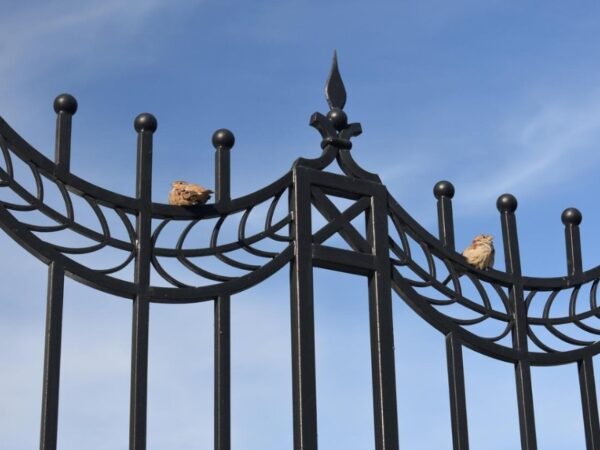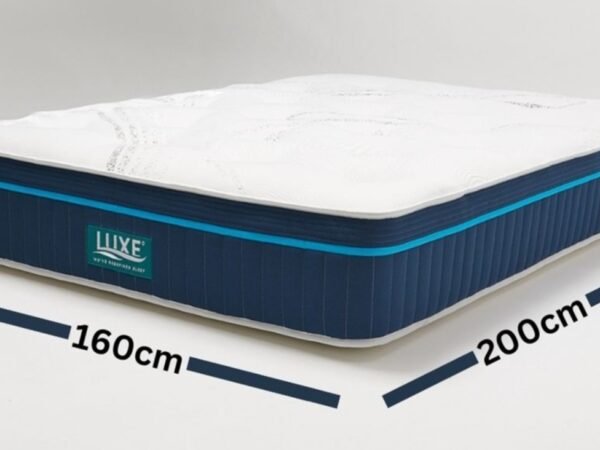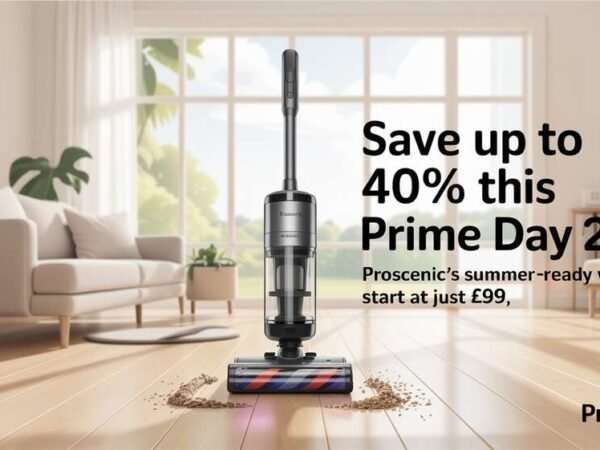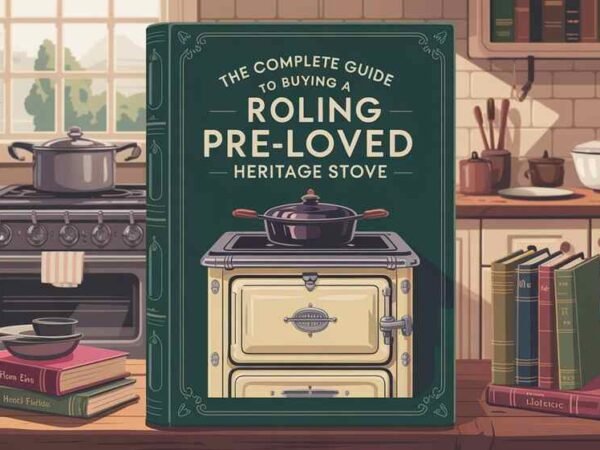Beneath homes, a complex maze of sewage pipes and drain lines quietly transports wastewater. However, experts like The Relining Company say many homeowners only think about the sewer drain system once problems arise in gurgling noises, unpleasant odors, or outright backups. Understanding what sewer drains are, how they work, and how to maintain them keeps things flowing smoothly.
Defining the Sewer Drain System
Sewer drains are the pipes that collect all the wastewater from household plumbing fixtures and transport it out of the home. This includes:
- Sinks, showers, tubs
- Toilets
- Washing machines
- Dishwashers
- Floor drains
All the drains in the house connect to more extensive main sewer lines, which join municipal sewer or septic systems. Valves and vents throughout the drain network control flow and release gases.
Sewer vs Storm Drains
It’s important to note that the sewer system carries household waste separately from storm drains, which divert rain runoff. The two drainage systems operate independently. Storm drains flow straight to waterways, while sewers route wastewater to treatment facilities.
Understanding Drain Line Materials
Several materials are used in sewer drain systems, including:
- Cast Iron Pipes – The traditional material is sturdy but prone to rust over decades.
- PVC/Plastic Piping – Cheaper to install, durable plastic lasts for decades.
- Copper Pipes – Costly but highly durable for a long lifespan.
- Lead Piping – Found in some older homes but prone to hazardous leaks.
- Galvanized Steel – Used in the past but erodes over time.
Knowing your home’s pipe material helps assess its condition and determine the necessary repairs. A combination of materials is common in homes with additions.
Main Drain Line Components
Several vital parts make up the primary sewer drain system:
- Main sewer line: Large pipe transferring waste to municipal sewers or septic tanks.
- Drain traps: Curved pipes trap water to prevent sewer gas from entering the home.
- Vent stacks: Vertical pipes allow gas release while equalizing air pressure.
- Clean outs: Access points allowing drainage blockage clearance.
- Maintenance holes: Entry hatches provide access to drains for inspection and maintenance.
Pipe slopes and proper ventilation keep waste steadily flowing out.
Spotting Signs of Sewer Drain Trouble
Some warning signs indicate sewer drain issues:
- Slowly draining water in sinks or tubs
- Gurgling sounds from drains
- Sewer gas odors wafting into the home
- Visible leaks or water damage under sinks
- The plumbing fixtures are not operating correctly
- Multiple clogged drains throughout the house
Catching problems early prevents costly sewage backups. Familiarize yourself with drain line routes and locations of basement cleanouts.
Causes of Sewer Drain Blockages
Several culprits can obstruct sewer drains:
- Excess grease or soap buildup over time
- Tree roots infiltrating pipes underground
- Collapsed or offset pipe sections
- Accumulated waste sediment and mineral deposits
- The child’s toy or debris accidentally flushed
Prevention is critical to avoid blockages. Avoid pouring fats/oils down drains and install screens to catch stray objects.
Clearing Clogs: DIY vs Plumber
For minor sewer clogs:
- Try plunging drains with a heavy sink plunger first
- Use chemical drain cleaners to break up organic obstructions.
- Snaking a flexible auger cable down the pipe can push through debris.
But if DIY attempts fail, call a professional plumber rather than letting the issue worsen. Significant drain line blockages often require excavation or hydrojetting to clear fully. A plumber can inspect pipes with a sewer camera to check for damaged sections or invasive tree roots that may need repair.
Maintaining Healthy Sewer Drains
With regular light maintenance, costly sewer headaches can be avoided:
- Pour cooking grease into cans rather than the sink
- Install hair strainers in shower drains.
- Flush tree roots periodically with an enzymatic cleaner
- Have older pipes video-inspected when buying a home.
- Get utilities professionally snaked every few years.
Conclusion
Following these best practices keeps waste flowing freely through sewer drains! Don’t take this hidden plumbing workhorse for granted.
Do Read: Girls Just Want More Space: Why Brisbane Women Love Mezzanine Floors Melbourne













